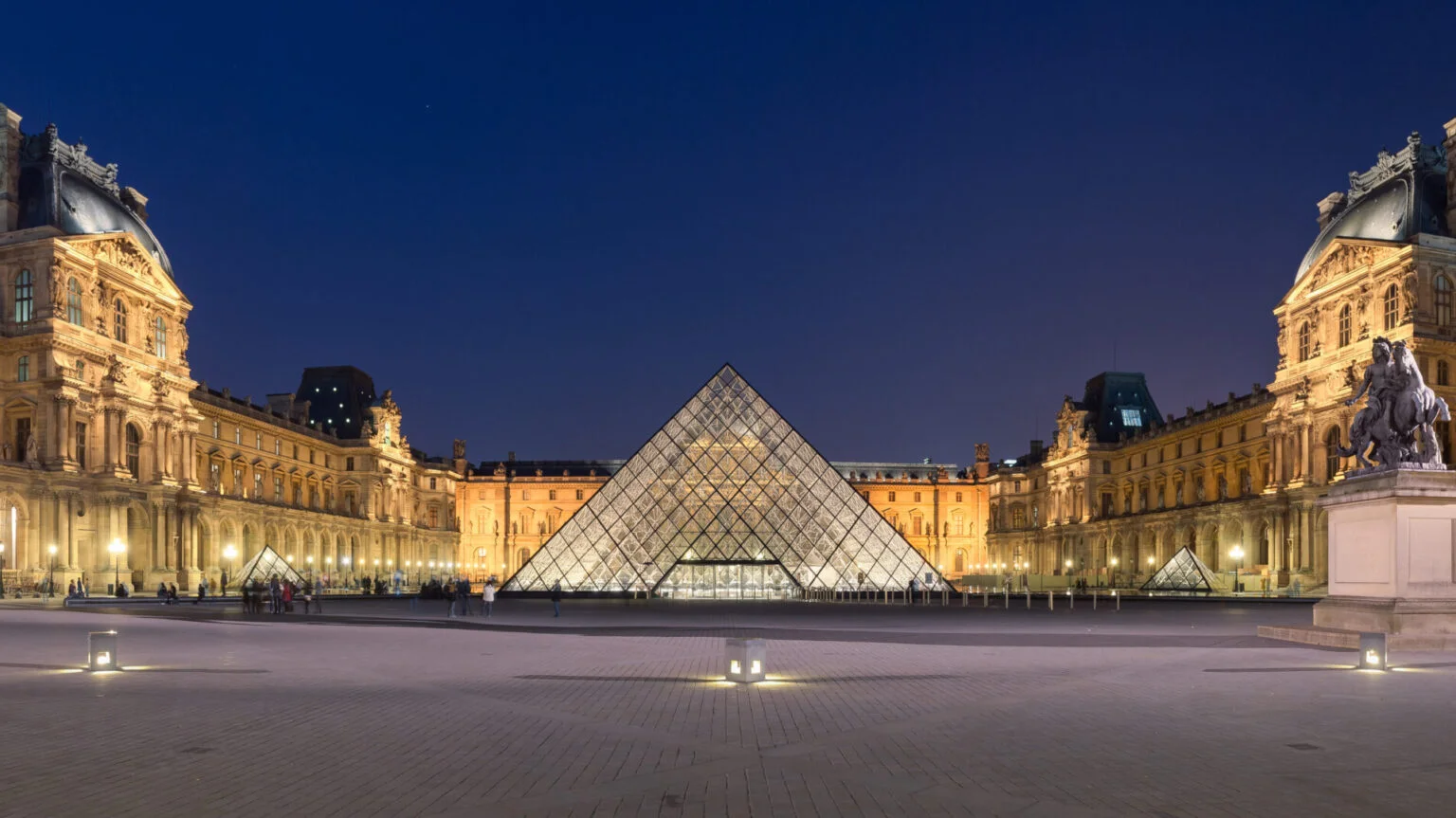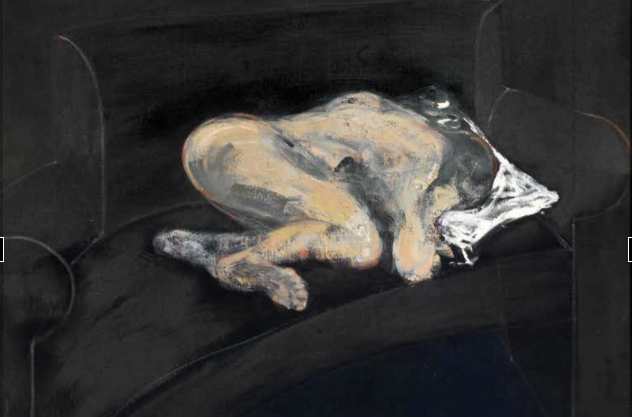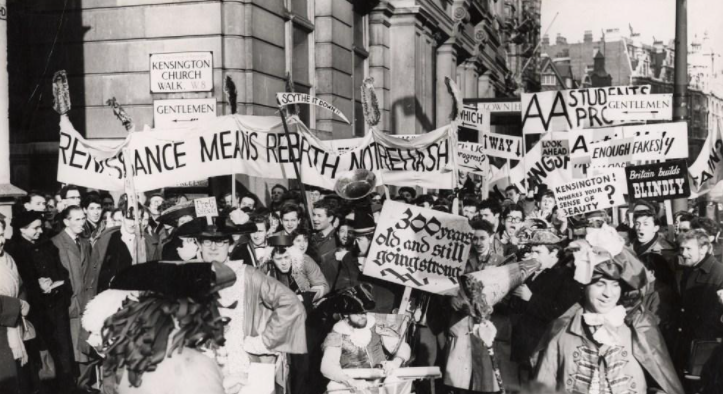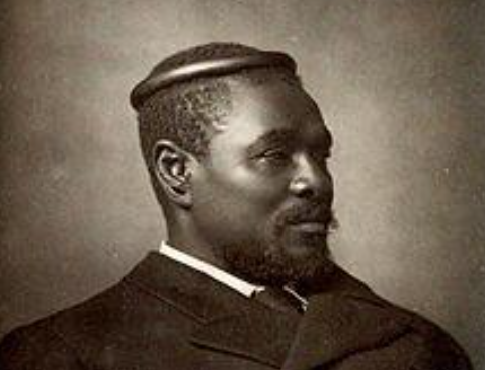Security in the spotlight after daring day-light heist at the Louvre
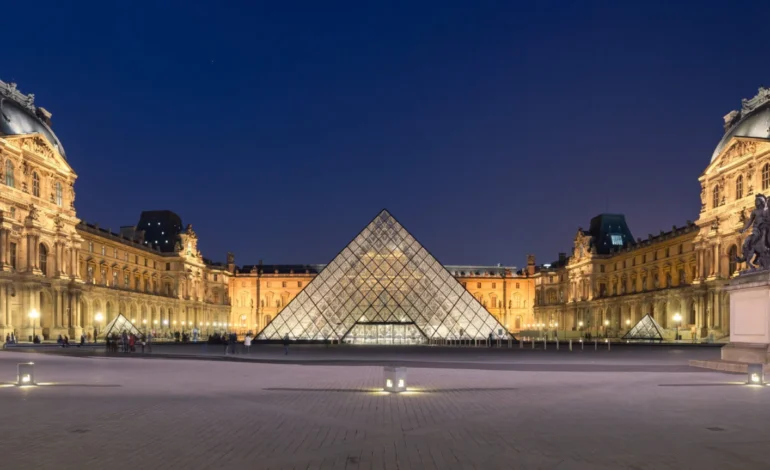
The Louvre heist that stunned Paris earlier this month has united museum leaders around the world in solidarity and alarm, exposing weaknesses in cultural protection that reach far beyond France.
Some of the world’s most respected museum directors, including the British Museum’s Nicholas Cullinan, the V&A’s Tristram Hunt, Tate’s Maria Balshaw and the National Gallery’s Gabriele Finaldi, have signed a joint letter published in Le Monde expressing their “deep support” for the Louvre after the daylight theft of eight irreplaceable jewels.
International News — Latest from EyeOnLondon
Explore today’s headlines and keep reading for context, analysis and updates.
Dutch voters face over 1,000 candidates across 27 parties
What the crowded ballot means for coalition building and Europe’s political direction.
Read the storyMore International News
Türkiye signs deal with UK for 20 Typhoon jets
A defence agreement set to deepen industrial ties and reshape regional air power.
Read the storyMore International News
US vehicle standards risk for Europe, experts warn
Why proposed rules could affect safety, emissions and transatlantic trade.
Read the storyMore International News
The letter described the crime as “an unprecedented attack on our common heritage” and called on governments to strengthen global protection for cultural institutions. “This act has shaken us to the core,” it read. “Our institutions are not shielded from the world’s brutality. Today, they face unprecedented attacks.”
The robbery took place on Sunday 19 October when a group of masked men entered the Louvre through an upper-level window and forced entry into the Galerie d’Apollon, home to some of France’s most valuable artefacts. Within minutes, they had escaped with jewels once worn by members of the House of Bonaparte, including a tiara, brooch and necklace belonging to Empress Eugénie. Their estimated worth is €88 million, though their historical value is described by curators as “inestimable.”
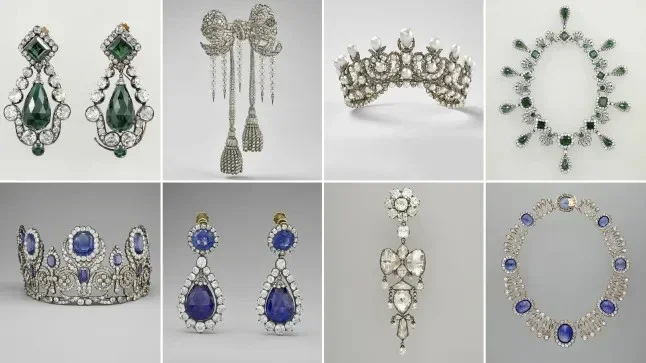
The Stolen Bonaparte Jewels
- Empress Eugénie (wife of Napoleon III): A tiara and large corsage bow brooch.
- Empress Marie-Louise (Napoleon’s second wife): An emerald necklace and a pair of emerald earrings.
- Queen Marie-Amélie and Queen Hortense: A tiara, necklace and single sapphire earring from a sapphire set once owned by the last Queen of France and the Queen of Holland, wife of King Louis Bonaparte.
- The “Reliquary Brooch”: A finely detailed piece believed to contain miniature keepsakes of personal significance.
A blow to the heart of heritage
The open letter, signed by 57 museum directors, warned that “the robbery of the common heritage we strive to preserve and share” is the nightmare of every curator. It continued: “Such risks threaten every institution. They weigh upon every artwork from the moment it is publicly displayed.”
The authors also defended the role of museums as places of openness and learning, not fortresses. “Museums are not strongholds nor secret vaults,” the letter stated. “Their essence lies in their openness and accessibility.”
Support has centred on Laurence des Cars, the Louvre’s president-director, whose offer to resign after the theft was refused by France’s Culture Minister, Rachida Dati. “In this time of hardship for the Louvre, we extend our heartfelt support to our colleagues and to Laurence des Cars, whose leadership and dedication to museums as unifying spaces capable of mending our fractured societies are deeply respected,” the letter said.
A global call for protection
Signatories include Manuel Rabaté of the Louvre Abu Dhabi, Suhanya Raffel of Hong Kong’s M+, Taco Dibbits of the Rijksmuseum in Amsterdam, Max Hollein of New York’s Metropolitan Museum of Art, and Sabyasachi Mukherjee of Mumbai’s Chhatrapati Shivaji Maharaj Museum.
The Louvre heist has also drawn condemnation from UNESCO, which warned that “such acts jeopardise the conservation and transmission of valuable artefacts while fuelling international trafficking.” The organisation has been working with museums worldwide through its Cultural Property Protection Programme to tighten border controls and improve response networks for stolen heritage.
The Louvre has since transferred its remaining crown jewels to the Bank of France’s subterranean vaults, where the nation’s gold reserves are stored behind a seven-tonne reinforced concrete door. More than one hundred investigators are now assigned to the case, and two men have been detained after DNA traces were reportedly found on the display cabinets.
Art crime specialists warn that the jewels may already have been broken apart or sold privately. According to the Art Loss Register, recovery rates for stolen jewellery remain among the lowest in the world because such items are easily altered or smuggled through illicit markets.
Balancing openness with vigilance
For many within the arts community, the incident has underscored a long-standing tension between public accessibility and security. Museums are designed to be open spaces that welcome millions each year, yet they hold objects of immense financial and historical worth.
The International Council of Museums has urged curators to collaborate across borders on security systems, training and intelligence-sharing. “The Louvre heist shows how cultural institutions are vulnerable by nature,” one London-based curator said. “Our job is to ensure that vulnerability never becomes complacency.”
Despite the Louvre heist, visitors have continued to gather in the Louvre’s courtyard beneath I.M. Pei’s glass pyramid, a symbol of resilience as much as beauty. The museum remains open, though with heightened security and a renewed determination to safeguard what it calls “the world’s collective memory.”
For thoughtful coverage of museums, exhibitions and the stories behind the collections that shape our cultural life, follow EyeOnLondon. Join the conversation and share your views on how we protect and celebrate the arts.
Follow us on:
Subscribe to our YouTube channel for the latest videos and updates!
We value your thoughts! Share your feedback and help us make EyeOnLondon even better!






